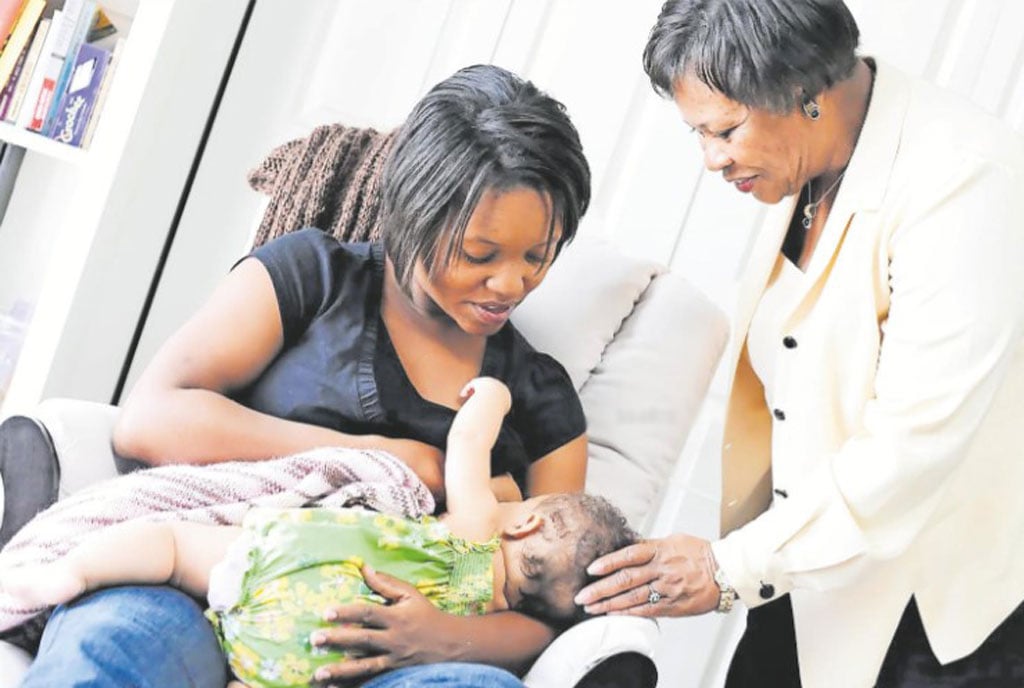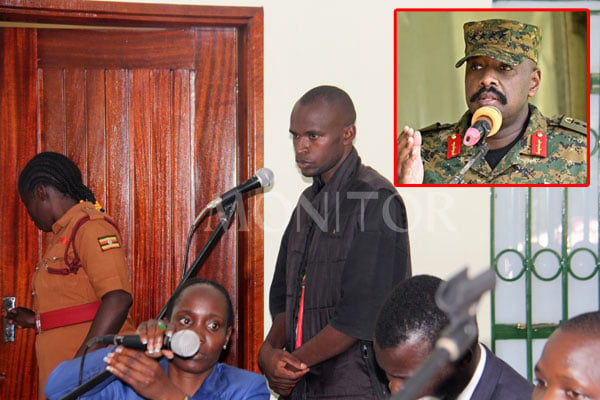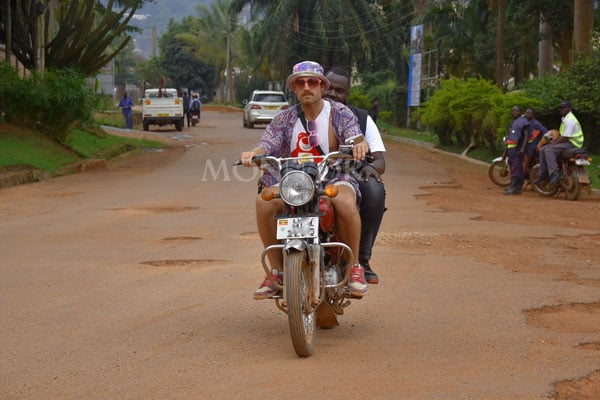Prime
Ministers risk their lives for peace in Teso

Kidnap. Uganda People’s Army rebels abduct the ministers on December 10, 1987. ILLUSTRATIONS BY IVAN SSENYONJO
What you need to know:
- Price of peace. While attempting to broker a peace deal between the NRM government and UPA rebels, three ministers were abducted by the rebels. One of them later escaped. One was killed in a battle between government soldiers and the rebels during an attempt to rescue them. The other was rescued.
Initially, Teso sub-region in north-eastern Uganda was not hostile to the National Resistance Movement (NRM) government when they captured power in 1986.
When the National Resistance Army (NRA) reached Teso in February 1986, the wananchi cordially welcomed them.
Indeed, the people in Teso area had no political cause to fight the new government – unlike in Acholiland where they felt that they had lost political power to the NRM government. But later on, in 1987, war broke out.
The people, especially the leaders wanted peace. Therefore, when tempers were still high, three NRM government ministers and 27 other elders, in a heroic act, risked their lives to broker peace with the Uganda People’s Army (UPA).
UPA had been formed to fight the NRM government.
The rebels took the trio captive and one was unfortunately killed.
What sparked off Teso rebellion?
When the NRM government disbanded the Teso militias established by the Uganda People’s Congress (UPC) government in the early 1980’s to provide security and defence against the neighbouring Karimojong cattle wrestlers, it left the people vulnerable.
Since the NRA was lean and overstretched in their operational areas in Acholi sub-region, it could not provide sufficient protection to the locals.

Imprisoned. The ministers are detained at the rebel camp in Soroti District.
The Karimojong cattle wrestlers exploited that loophole and often raided Teso for cattle.
In less than six months, the Karimojong had gravely depleted cattle population in Teso.
Meanwhile, there were propagandists who claimed that the NRM government had connived with the Karimojong to steal their cattle and ‘exterminate’ Teso’s people.
So in self-defence, people in Teso took up arms and that is how the insurgency started.
It did not necessarily mean that they had an axe to grind with the NRM government.
There was a need to avenge and protect themselves from humiliation by the Karimojong and some undisciplined NRA soldiers.
However, what started as a fundamental right –to self-defence, ended in war – and not against the cattle wrestlers but the NRM government. The former rebel commanders revealed this during the signing of the 1990 peace accord between the UPA and Uganda government.
Why Teso militias were disbanded
Former chief of logistics in the Uganda Liberation Army (UNLA) under the Junta of 1985-1985, Lt Gen Bazilio Olara Okello and other former UNLA soldiers had retreated to South Sudan after NRA soldiers had pushed them out of Kampala.
In August 1986, they launched a war against the NRM government by attempting to attack Gulu barracks in northern Uganda.
The rebels had planned to extend the war to eastern Uganda by opening another front in Teso.
Acting from that intelligence, the government reacted by disbanding the militias in Teso.
This was done to deny them a military nucleus. While the government acted rightly, they failed to provide adequate security to the people who were left with no defence against the cattle wrestlers.
Ministers take a risk
Effort to stop the war was first engineered by religious leaders as well as NRM supporters in Teso.
By mid-1987, the Cabinet had decided to extend an olive branch to the rebels.
Col Dr Kizza Besigye, who was then the National Political Commissar (NPC) was dispatched to London to meet all the External wing heads of rebel movements in Uganda.
In London, United Kingdom, Dr Besigye met Francis Wazarwahi Bwengye, Peter Otai, among others.
Meanwhile, three Cabinet ministers from Teso were also sent to establish diplomatic open peace negotiations with the rebels in Teso; a dangerous mission.
The three were Dr Aporu Akol, minister of Animal Industry and Fisheries, Robert Ekinu, deputy minister of Transport and Communication and Stanislaus Okurut, minister of Youth, Culture and Sport.
On December 10, 1987 the trio were abducted as they travelled to meet the rebels who were operating in Soroti and Kumi districts.
The abduction of the ministers hampered the peace process. Efforts to re-establish contact with the rebels were also affected by continuous attacks of the NRA soldiers by the rebels.
Luckily, after five months in captivity, Dr Akol escaped from his captors. He escaped and returned to Kampala unharmed on March 18, 1988.

Freedom. Dr Aporu Akol, minister of Animal Industry and Fisheries escapes from captivity.
Akol meets the rebels again
It is unbelievable that someone who was abducted by the rebels could still have the guts to face his former captors in an attempt to convince them to denounce rebellion.
The peace loving and daring Akol was ready, with the government’s backing, to interface with the rebels for the sake of peace.
Immediately Dr Akol reached Kampala after his escape, he volunteered to go and meet the UPA rebel leaders. He met them twice.
The first time was on April 4, 1988. The second meeting was held on April 16, 1988. The two meetings were held at Matany in Karamoja.
The two meetings officially opened the dialogue with the UPA rebels. In Karamoja, the minister met the UPA rebel leader Charles Ojirot aka Jesus and other rebel commanders who agreed for the peaceful settlement.
Having agreed with the terms of negotiations, where the rebels asked some government leaders to feature as members of the negotiations, the talks started.
Minister Ekinu killed
As negotiations went on, the NRA looked for the rebels in a bid to also rescue the other two ministers in captivity. Having received intelligence on the rebel’s population, ideology, location and firepower from Dr Akol, as well as military intelligence, the NRA attacked the rebels.
The rebels were camped at Dakabela about 24 kilometres from Soroti Town. On August 2, 1988, at dawn, the NRA attacked the rebel camp.
Unfortunately, Ekinu was killed in the crossfire – but Okurut was rescued. Several rebels were killed while others were captured alive.
Mzee Okurut, as he was popularly known, was the husband of Mary Karooro Okurut, the minister of General Duties in the Office of the Prime Minister. He passed on April 15, 2014.




